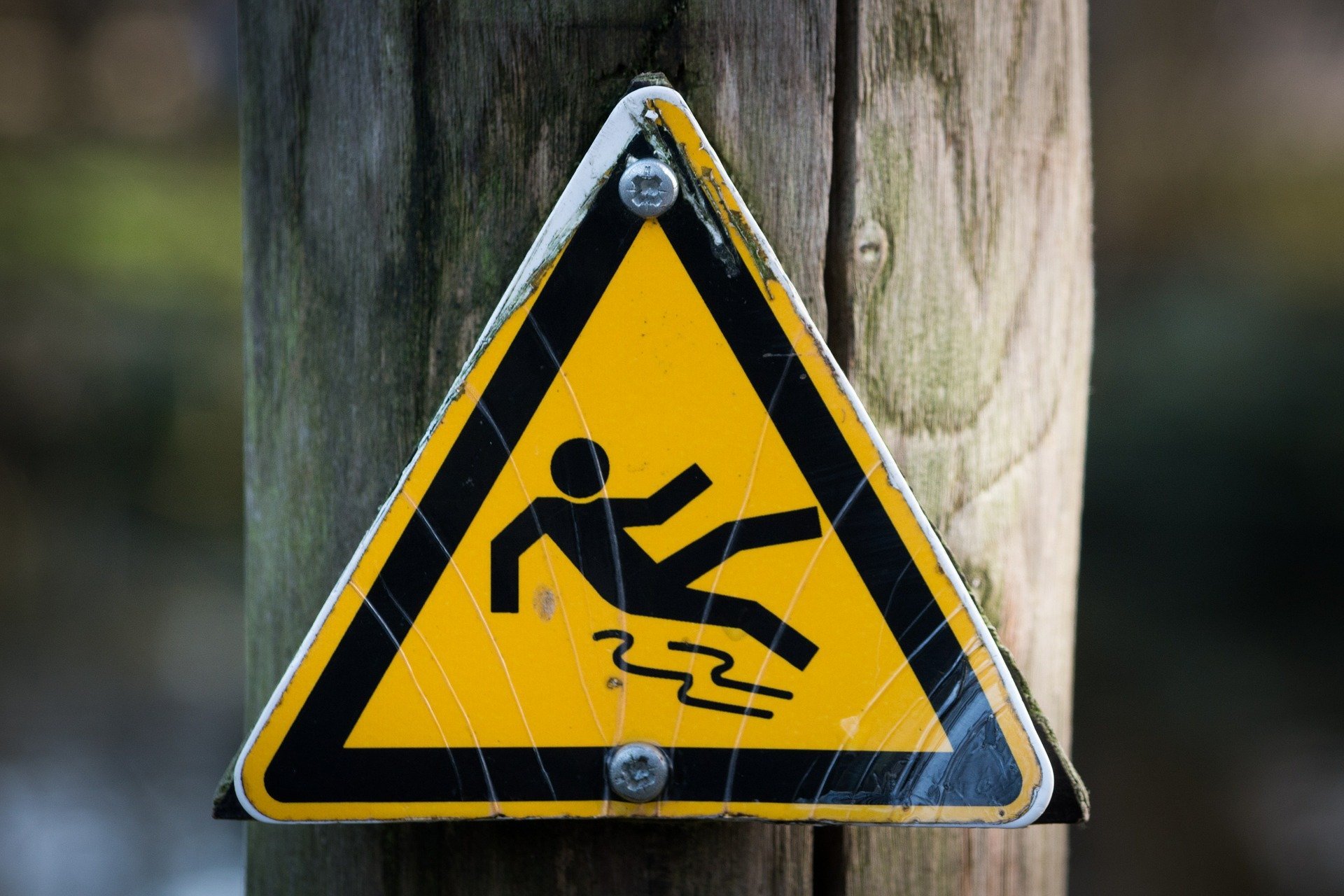The Importance of Hazard Identification

First of all lets look at the HSE definition of hazard
- a hazard is anything that may cause harm; these can be hazards to physical health such as chemicals, electricity, working from ladders, an open drawer or to mental health – if, for example the common causes of work-related mental ill health e.g. demands, control and support for individuals are not properly managed in the workplace
if we look at the definition it will help us understand what we are looking for, it defines it as ‘anything’, not an area or a feeling, but a thing or an action or lack of action, such as an object, a substance, an energy source, not properly managed
This may seem obvious however it is not an uncommon mistake and before you know it controls are being put in place that will either not do as they are desired or are totally inappropriate.
A good example of misinterpretation is say working at height. Working at height can be hazardous but it is not a hazard it is a hazardous area or a subject. The actual hazards are falling, dropping an object, or being hit by a falling object. By looking at the specific hazard, say falling, we can put specific controls in place to prevent falling such as scaffolding, harness, inertia lines, rope access…… If you had just described it as working at height in your risk assessment hazard column you may not have identified the correct controls. This example was obvious however it is more crucial when you get involved in more complex tasks
Another example is a confined space, a very dangerous and hazardous place however the confined space is also not the hazard. Hazards found within a confined space could be toxic gas, lack of oxygen, explosive atmosphere, biological hazards such as rat poo, poor lighting, restricted space, etc.
Further to it, you need to be specific about what could happen and to who, without all the details we cannot ensure the appropriate controls are in place to deal with the hazard and reduce the likelihood of an incident not only to the entrant but potentially to others. The controls must be specific regarding responsibility of who does what.
- we know from our preparation work that the confined space was purged with nitrogen, because we have identified the hazard correctly, ie. the hazard is NOT confined space but toxic gas in the confined space, we can start to build our controls
- Our hazard is: Entrant overcome by nitrogen, intoxicated, unconscious then death
- Our controls may be: Gas tester to Gas test to ensure oxygen level within permissible range before entry permitted, Continuous gas monitoring by entrant while entry ongoing, entrants to Wear harness and safety line, supervisor to ensure Rescue plan in place and equipment available including rescue team in attendance with breathing Apparatus, Entrant to remain in sight of entry attendant at all times, Entry attendant not to enter confined space under any circumstances


